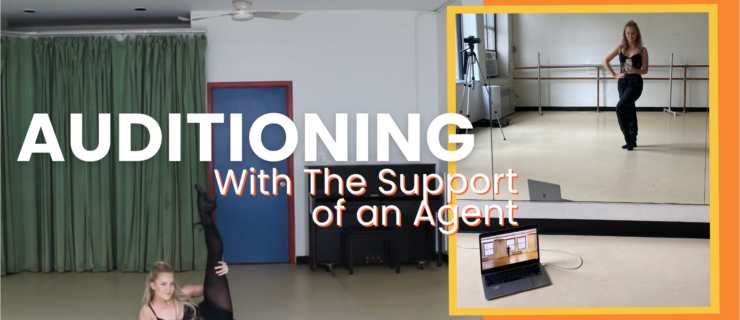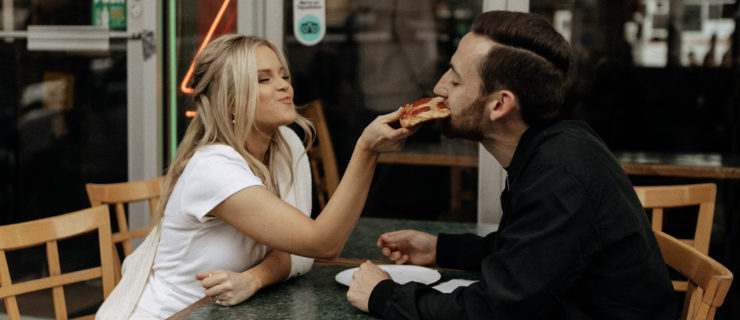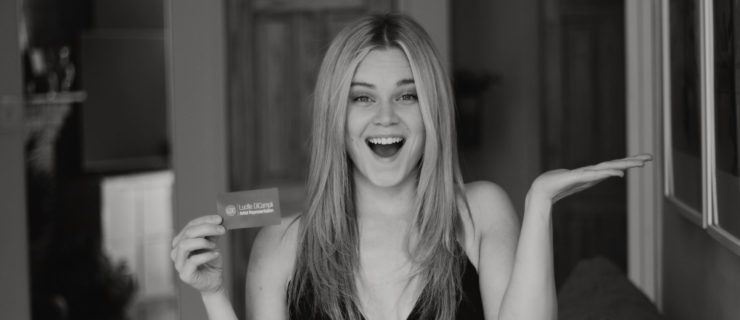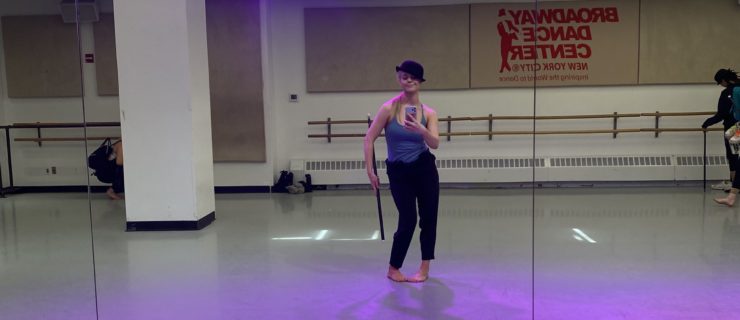Maurice Hines on Why Black Tap Dancers Deserve More Credit
As youngsters, my brother, Gregory, and I went to the Apollo Theater in Harlem to watch tap greats like Teddy Hale, Bunny Briggs, the Step Brothers and Coles & Atkins. Most of those guys would come on the stage and just tap. They were making it up as they went along, and that’s what made them so exciting to watch. Later in our career, we paid homage to those legendary hoofers in Francis Ford Coppola’s The Cotton Club.
Greg was my younger brother, and we started tapping together as the Hines Kids when I was 7 and he was 5. We learned from the older tap dancers to take a step they did and make it ours by changing the time or by making it faster or slower. Greg and I were gifted that way. We also looked up to the Nicholas Brothers (Harold and Fayard Nicholas), and our teacher Henry LeTang wanted us to be like them. I loved the way the older brother, Fayard, moved his hands, like a magician. But when we saw those jumping splits the Nicholas Brothers did down the stairs in Stormy Weather, we told Henry he was crazy!
Most fans of tap dance hear about how fantastic Fred Astaire was and I agree there was no one like him. Paul Draper was another great tap dancer, and he choreographed to classical music, which I think changed the game. But Black tap dance pioneers like the ones I’ve mentioned were like jazz musicians. They were always improvising, and they don’t get enough credit for taking the art form of tap to another level.
In the ’60s, the perception of tap dance in the Black community shifted. Some folks associated tap with an older and less progressive time. So in 1963, our father, Maurice Hines Sr., joined us on drums and the family act became Hines, Hines, and Dad, which was more of a song-and-dance act. We recorded an album, toured throughout the U.S. and Europe and made a lot of TV appearances, including the “Tonight Show Starring Johnny Carson.” When the act split in the early ’70s, Greg left and did his own thing and I decided to study other dance styles, including ballet and modern. I wanted to explore what I could do physically, and I did. I was inspired by Alvin Ailey and his company. They were fabulous. And I took jazz classes with Frank Hatchett, who later co-founded the legendary Broadway Dance Center. I retrained and stretched my body. It was painful, but my hard work paid off.
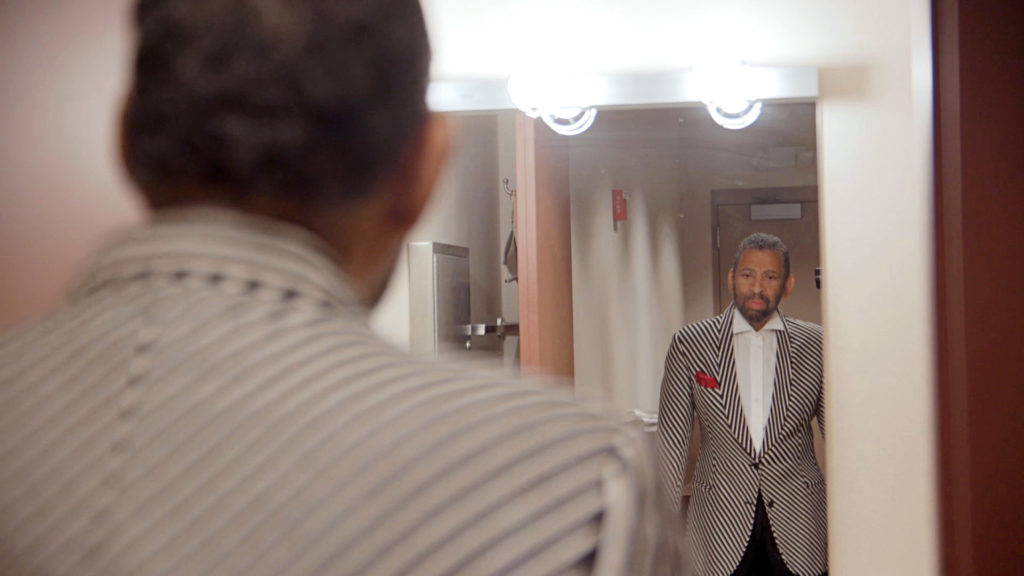
In 1978, Greg and I reunited for the Broadway musical revue Eubie!, a tribute to the music of ragtime composer and pianist Eubie Blake, and it was wonderful dancing with my brother again. He really was the greatest tap dancer of his generation. I could hang, but I had to choreograph my steps. A few years after Eubie!, Gregory was cast in Sophisticated Ladies on Broadway and I replaced him when he left the production. Everyone expected me to dance like Gregory, but by then I was a jazz dancer with six o’clock high kicks, and he told the chorus, “Get ready. Maurice is on another level. Tempos will be faster!”
There are certain signature steps I could do as a tap dancer, and in my solos I incorporated jazz and ballet. As an extension of that, in 1983 I started Balletap U.S.A. with Mercedes Ellington, granddaughter of Duke Ellington and my co-star in Sophisticated Ladies. We had dancers do a combination of ballet and tap to pop music artists like Michael Jackson. I learned so much and grew as a choreographer from that experience.
In the ’80s, critics proclaimed that 42nd Street was the ultimate tap show, and, to me, that was ridiculous. So with the Broadway productions I conceived, my goal was to showcase what I learned from my teacher Henry LeTang and to show another side of tap. Music inspires me to move, and it plays a big part in my choreography. In 1986, I choreographed Uptown…It’s Hot! using popular Black music from the ’30s to the ’80s, and in 2006 Hot Feet was choreographed to the song catalog of Earth, Wind & Fire.
In the ’80s and ’90s, I watched my brother mentor a young Savion Glover, and he was a natural. In 1992, Savion worked with Greg on Broadway in Jelly’s Last Jam. For the road company production, I stepped into the lead role as Jelly Roll Morton, and Savion worked with me. Like Greg, Savion became the best tap dancer of his generation.
These days, there seem to be ebbs and flows where tap falls in and out of favor. My word of advice to young tap dancers is study everything. Take jazz. Take ballet. You’ll always be able to find a spot for a move or something that you learned in a ballet class. I did. And I think the only way that you can really find your voice is to get in a room, put some music on and just tap to what you hear. All of a sudden, you do a combination that works for the beat or for whatever the music is, and you repeat that.
People will always try to put you in a mold, but you have to recognize your unique talent. Every dancer has something to offer, but you have to believe you have something extra.

